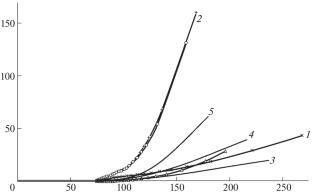裂纹车削现象三维建模工具的评价
IF 0.4
Q4 ENGINEERING, MECHANICAL
Journal of Machinery Manufacture and Reliability
Pub Date : 2024-12-02
DOI:10.1134/S1052618824700328
引用次数: 0
摘要
本文描述了用三维有限元分析方法模拟裂缝发展的试验结果。结果与已知的实验数据进行了比较,并确定和解释了一些不一致之处。并对相应的软件进行了预测和改进建议。本文章由计算机程序翻译,如有差异,请以英文原文为准。

Evaluation of Tools for Modeling the Crack Turning Phenomenon in a Three-Dimensional Formulation
The results of testing the technology for modeling crack development using the finite element analysis in a three-dimensional formulation are described. The results are compared with known experimental data, and a number of inconsistencies are identified and explained. The forecasts and recommendations for improving the corresponding software are given.
求助全文
通过发布文献求助,成功后即可免费获取论文全文。
去求助
来源期刊

Journal of Machinery Manufacture and Reliability
ENGINEERING, MECHANICAL-
CiteScore
0.80
自引率
33.30%
发文量
61
期刊介绍:
Journal of Machinery Manufacture and Reliability is devoted to advances in machine design; CAD/CAM; experimental mechanics of machines, machine life expectancy, and reliability studies; machine dynamics and kinematics; vibration, acoustics, and stress/strain; wear resistance engineering; real-time machine operation diagnostics; robotic systems; new materials and manufacturing processes, and other topics.
 求助内容:
求助内容: 应助结果提醒方式:
应助结果提醒方式:


